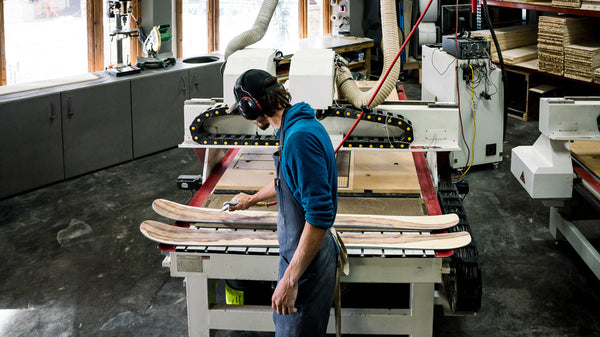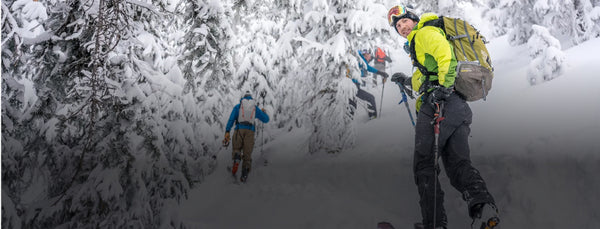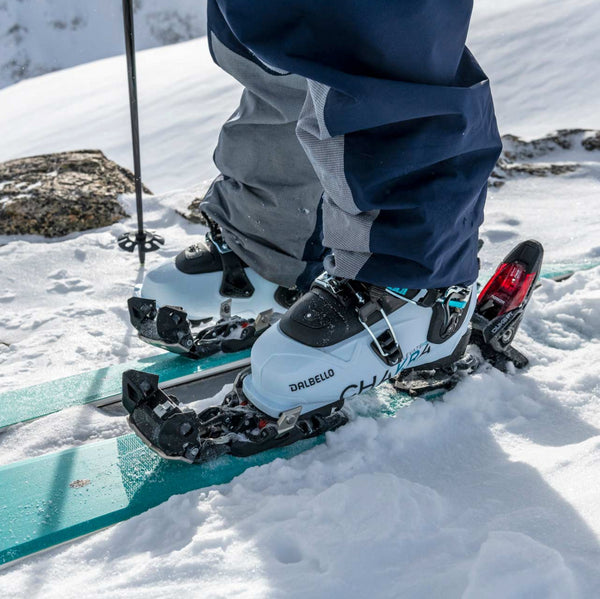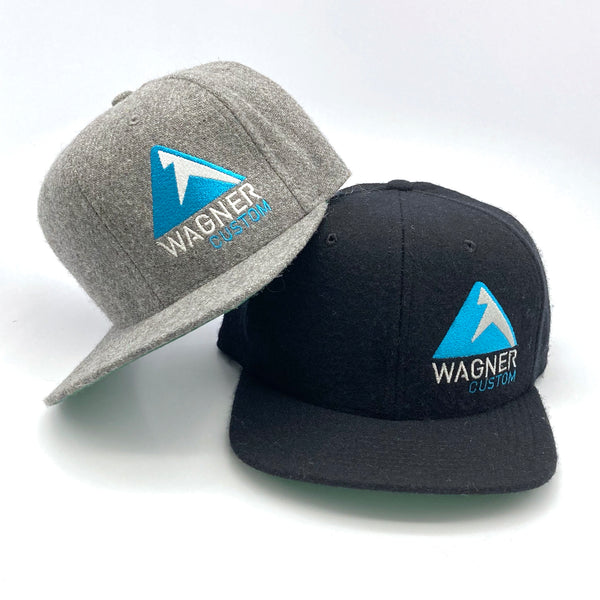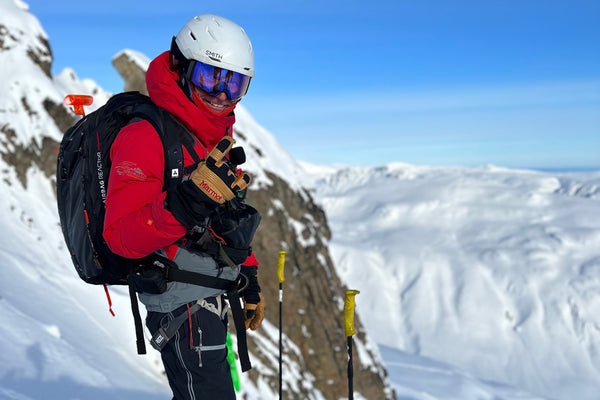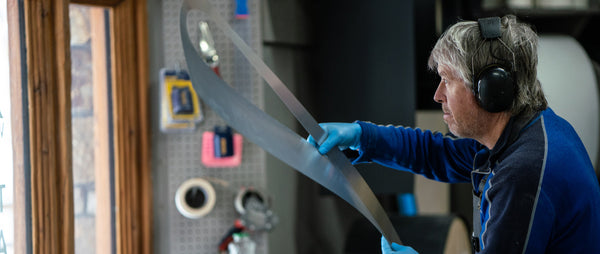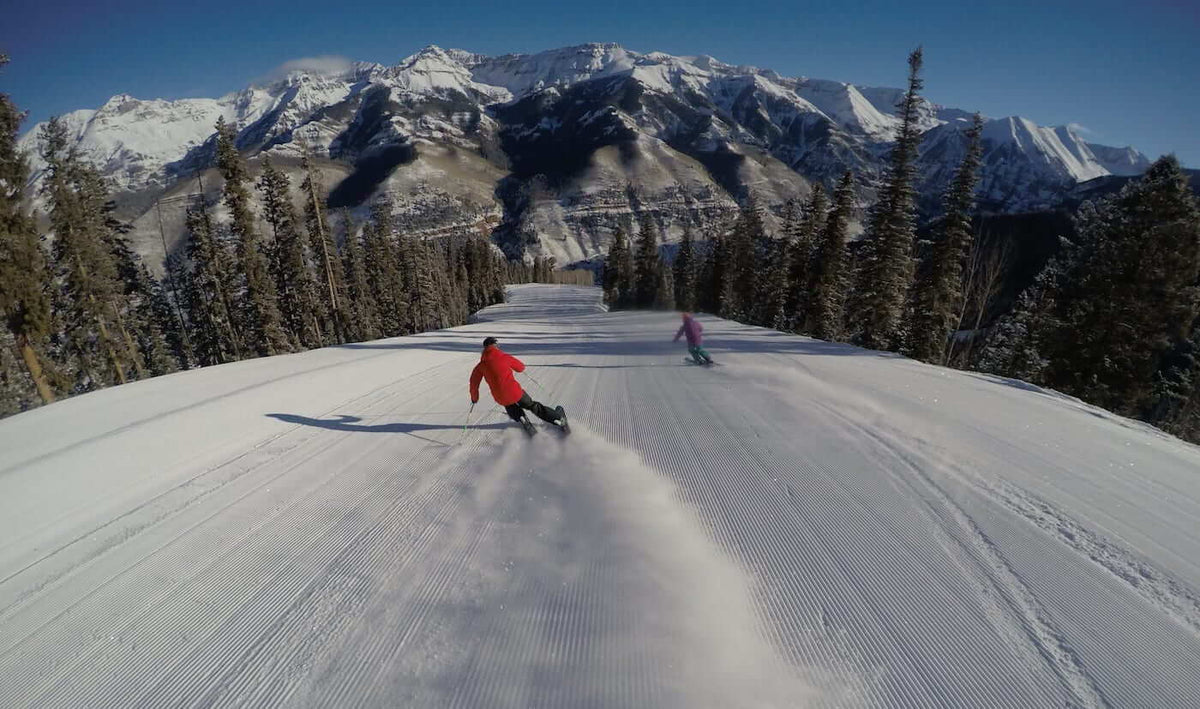
On-Mountain vs. Backcountry Skis
How do you choose between a backcountry ski and an on-mountain model?
Here, we take a look at what lightweight means in the ski industry, the difference between on-mountain skis and backcountry skis, and how bindings play a role in your overall setup. Here’s what to consider:
Weight
In recent years, ski factories have been pushing new designs for lightweight skis. It’s important to note that lightweight does not necessarily mean better skiing. While weight counts a lot in mountain bikes, golf clubs, tennis rackets and running shoes, this is simply not the case when it comes to skis and their performance on snow. More mass gives a ski more stability and helps to power through variable snow conditions without being kicked off the arc of the turn. The pilot (you) uses less energy in chop, crud and crust. Having mass in your skis is especially good for going downhill. As an example, race skis are made with heavy construction, with hardwood cores and aluminum alloy structural layers (Titanal is one brand name for a tough aluminum alloy).
If you have ever skied on an ultra-lightweight ski, you know that the ski tends to vibrate a lot and is easily deflected in challenging conditions. With all that said, lightweight is definitely good for going uphill.
On-Resort Skis
For most skiers, the first ski to have in your quiver is a versatile resort ski. You want a ski that can perform in all types of conditions, but especially on hardpack, on groomed slopes, in bumps and in crud — the conditions we find most frequently on the resort. Find a ski with good edge hold and stability on-piste. This translates to a ski that is torsionally stiff (resistance to twisting when you put it on edge) and has mass. These two features enable better precision on hard and icy snow, and more authority in hard, variable and choppy conditions. Ultimately, you will use less energy because the skis will do the hard work for you.
If you always head for one specific type of terrain (bumps, or groomers, or trees), you will want a ski designed for that type of skiing. As you transition toward specific terrain skis, the geometry of the ski will change, which includes the length, width, sidecut, tip and tail shapes, and rocker/camber profiles (read more about rocker and camber here). For trees, bumps or steeps, you want a ski that feels light and nimble on your feet. Here is a general rule of thumb for on-mountain ski construction:
- Groomers and bumps: skis are generally shorter and narrower
- Trees: skis are generally lighter weight for agility
- Resort powder: skis with a wide shovel, offering a lot of mass and surface area
Remember that mass and weight can help make skiing easier in challenging conditions. As a general rule of thumb, on-mountain skis have a few common materials, which are:
- Cores: wood, honeycomb, or foam
- Structural layers: fiberglass, carbon fiber, or metal (usually hard aluminum alloys like Titanal or Zicral)

Backcountry Skis
The backcountry is another story. You need the right balance of weight, performance, and float that works for you. If you find yourself skiing mostly perfect powder conditions, you want float, and that derives directly from the ski’s width. If you ski in variable conditions, you need a bit more mass and torsional stiffness than your typical touring ski. If climbing is your main focus, either on skins or with the skis tied to your pack, you want a lightweight ski – as light as possible.
For most backcountry skiers, it’s fair to assume that you will navigate a mix of deep and variable snow. That calls for a ski designed to be efficient for climbing and skinning, but still has good performance for the descent. Basically, you want the lightest-weight ski that can still rip turns. A super-wide ski, especially one with a big shovel, will be clunky going uphill. While you might want a longer ski if you carry a heavy pack, you don’t want a ski that is too big (in length and width) because the ski will drive you instead of the other way around. Find a good balance so that you can easily maneuver the ski going downhill.
One thing you know about the backcountry is that it’s full of surprises. You’ll inevitably ski through a challenge you didn’t anticipate. For these reasons, sometimes the best backcountry ski is the shortest, most agile ski that you feel comfortable on that still provides plenty of float in deep snow and stability on variable snow.
So, how important is a lightweight backcountry ski? Well, it depends. If you are out for long ski tours or dabbling in ski mountaineering, lightweight skis are important. If your tours are short (or even nonexistent), you may want to consider hauling a little more weight to get better downhill performance. Here are some common materials in backcountry-specific skis:
- Cores: lightweight wood, honeycomb, or foam
- Structural layers: fiberglass and carbon fiber

More on Materials
Titanal
Two thin sheets of hard aluminum alloy, one above the core and one below. This structure provides the highest torsional stiffness.
- Known for: precision and power on hard snow, the best edge hold, but also has the most weight, for better stability. This construction also offers fast glide in wet snow.
Fiberglass
A transitional ski material because of its medium weight and durability.
- Known for: its good feel, toughness and workhorse versatility.
Carbon Fiber
Light, strong and stiff.
- Known for: Light weight but transmits vibration; hollow feel and loud sound.
Bindings
If you ski only at the resort, an alpine binding is the way to go. When riding lifts, the extra weight isn’t an issue, and the release reliability is better than most touring bindings. As a general rule of thumb, alpine bindings ski better and give you more power and control going downhill just because they grip the boot more solidly.
With that said, touring bindings (often called AT or randonée bindings) have made huge advances over the past 20 years and have opened up accessibility and enjoyability for backcountry users. The ability to free the heel greatly improves comfort and efficiency in climbing and crossing flats. A good touring binding can save weight. The “tech” bindings from Dynafit and Ion, along with the Marker Kingpin, are way lighter than touring frame bindings. Bindings can act as a good tradeoff as a way to add more beef to your ski, but drop weight overall.

Recap
When looking for a resort ski, remember that some mass and weight can help you to ski more efficiently, with more power and fluidity. In comparison, a good backcountry ski will have the right balance of lighter weight and downhill performance. If you mostly ski downhill (as in short tours and “side-country”), look for a medium-weight ski with good power and float. If you plan to climb a lot, go for an ultra-lightweight ski. Tech touring bindings are an avenue to save weight. If you still have questions about the perfect on-mountain or backcountry ski setup for you, schedule a time to chat with one of our ski design engineers here.

